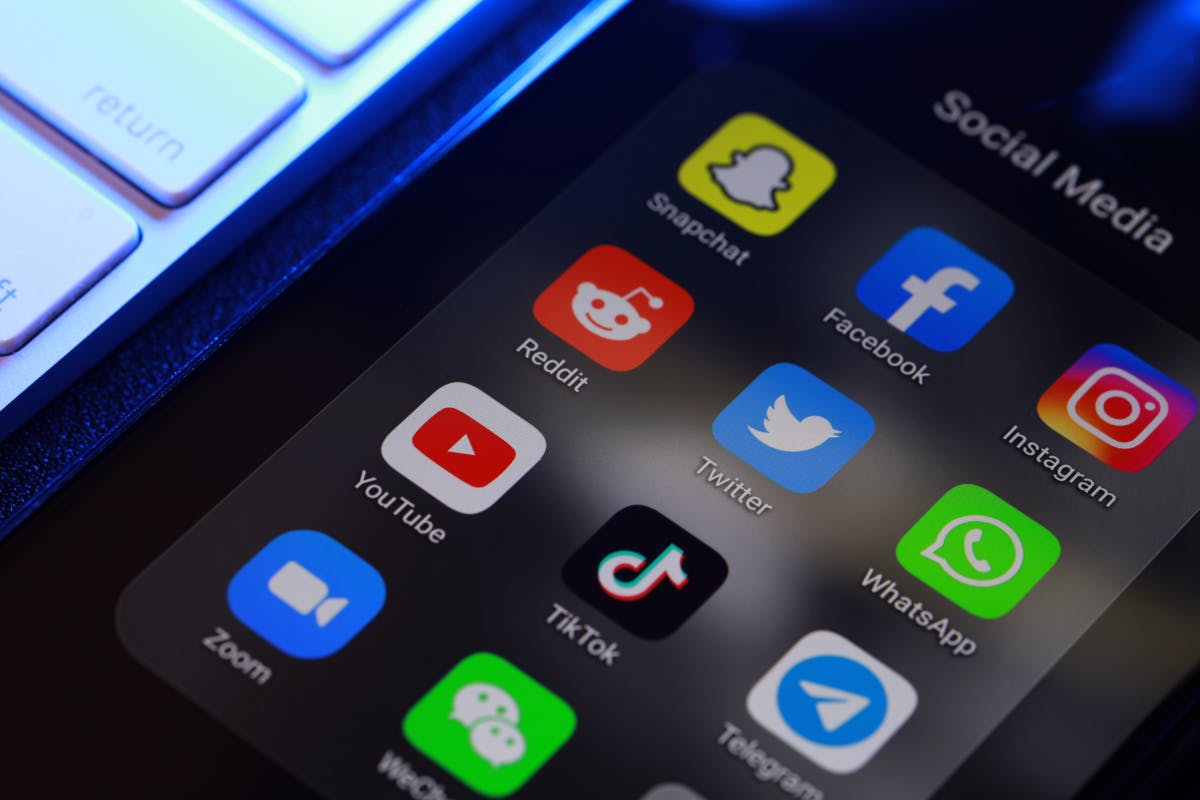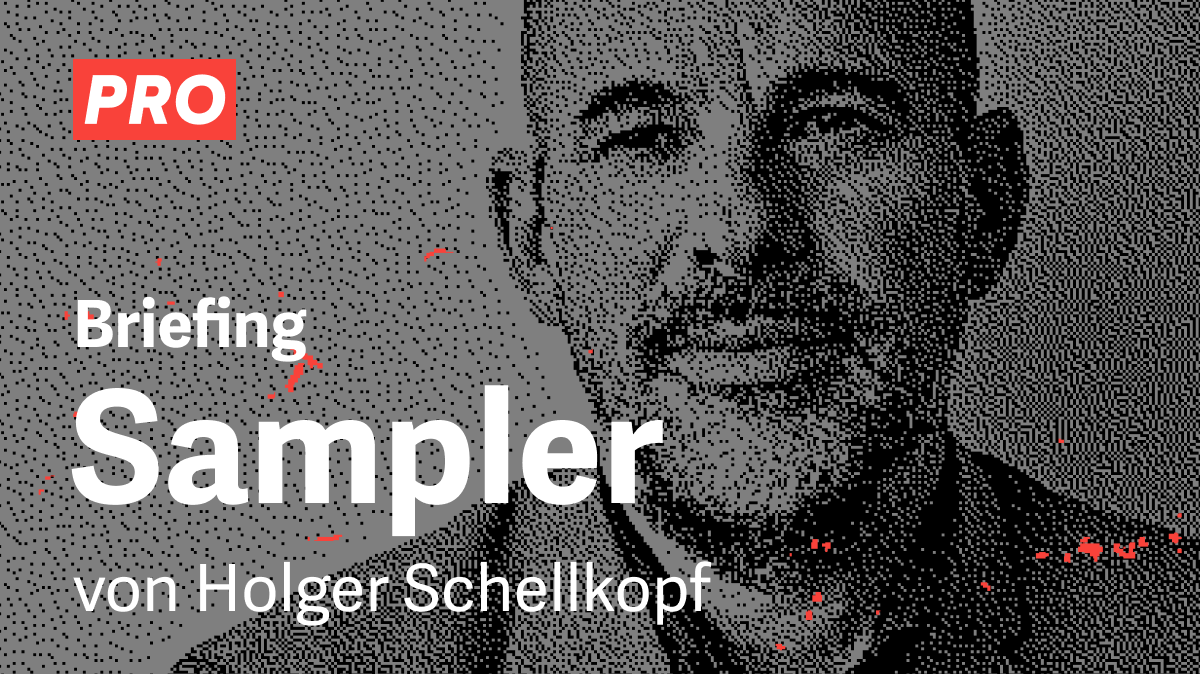Social media monitoring: These tools give you an overview
Not only the corona pandemic, but also trends such as story functions are a challenge for good social media monitoring. With these four tools you can keep track of corporate communications.
Good social media monitoring is a complex matter: Companies have to react quickly and flexibly to changes, integrate new functions into their marketing activities in a targeted manner and also use new social networks such as Tiktok profitably for their corporate communications. But what developments is social media monitoring currently facing – and which tools are useful?
Legal changes such as the General Data Protection Regulation (GDPR) have a major impact on social networks and thus also on tools for social media monitoring. They not only give network operators the framework within which they can process user data. This gives users better opportunities to anonymize their posts. And on the part of the tools for social media monitoring, new regulations such as the EU cookie regulation raise the question of how much and which data can be generated and analyzed.
An example here is the limitation of the Instagram API for reading hashtags from public posts. Restrictions of the network API of course also affect the evaluation of stories. The social media monitoring tools are therefore confronted with regularly changing API interfaces. These changes often have to be mapped by the providers within a very short period of time.
In addition, the social networks regularly implement new functionalities and content types. For example, there is currently a trend towards short-lived postings that are only available for one day. This temporary content in turn places new demands on the data acquisition of a monitoring tool. While it was Snapchat that initially offered the function of stories, other networks such as Instagram soon followed suit. In the meantime, Facebook, LinkedIn and, most recently, Twitter have also added a story function to their offering. Companies must therefore regularly consider whether and how they can use the new functions and types of content sensibly for their corporate communication in order to remain exciting and interesting for their target group.
The increasing use of image and video formats within individual networks means that social media monitoring tools are faced with the task of recording and evaluating corresponding brand and company mentions there as well. This creates new requirements for image analysis and the recording of the associated key figures. Brands can be seen in video formats on influencers’ clothing or on posters in the background, for example. Audio mentions, i.e. the mention of brands on the soundtrack, also present tool providers with new problems when it comes to data acquisition.
For companies, however, it is not only relevant how often they are mentioned or shown, but also what reach and interaction certain topics generate. Users also want to derive very specific recommendations for action from the data generated. Therefore, they value KPIs that relate directly to the customer journey of potential customers. It is interesting, for example, which editorial contributions shared had an influence on a later conversion.
Fittingly: 5 reasons why conspiracy theories are booming on social media
But not all relevant metrics are always available in the social networks in order to map the corresponding key figures. Social media monitoring tools must therefore also have a high degree of innovation and, for example, use artificial intelligence to gain their own insights and make predictions.
But very current developments are also important. In addition to new social networks such as Clubhouse, which appear almost overnight and cause a hype, the corona pandemic has also made social networks even more dynamic. Many companies want to understand how the current framework conditions affect customer behavior and purchasing behavior. Another requirement on the user side is the integration of social media data into their own systems in order to link them with internal data there. In this way, too, new recommendations for action can be generated.



